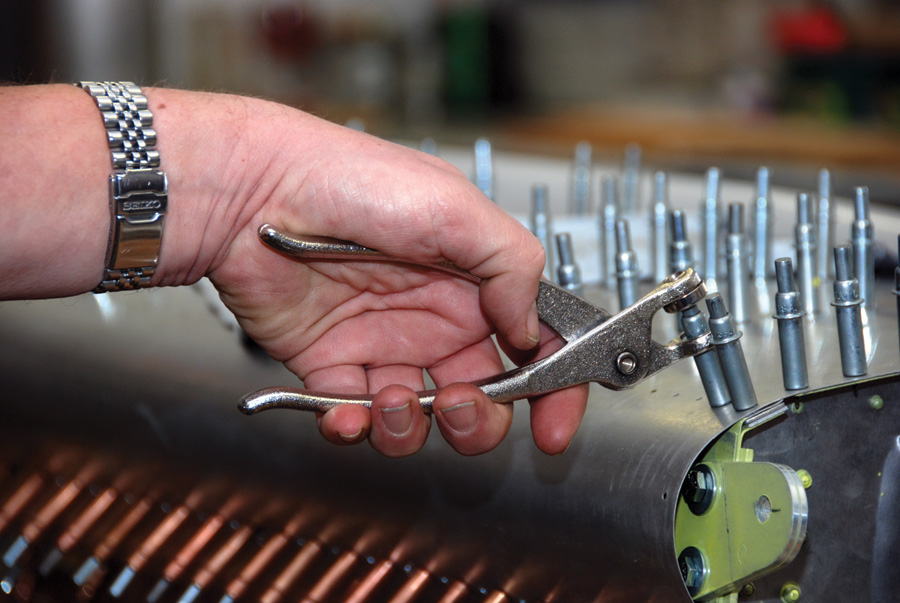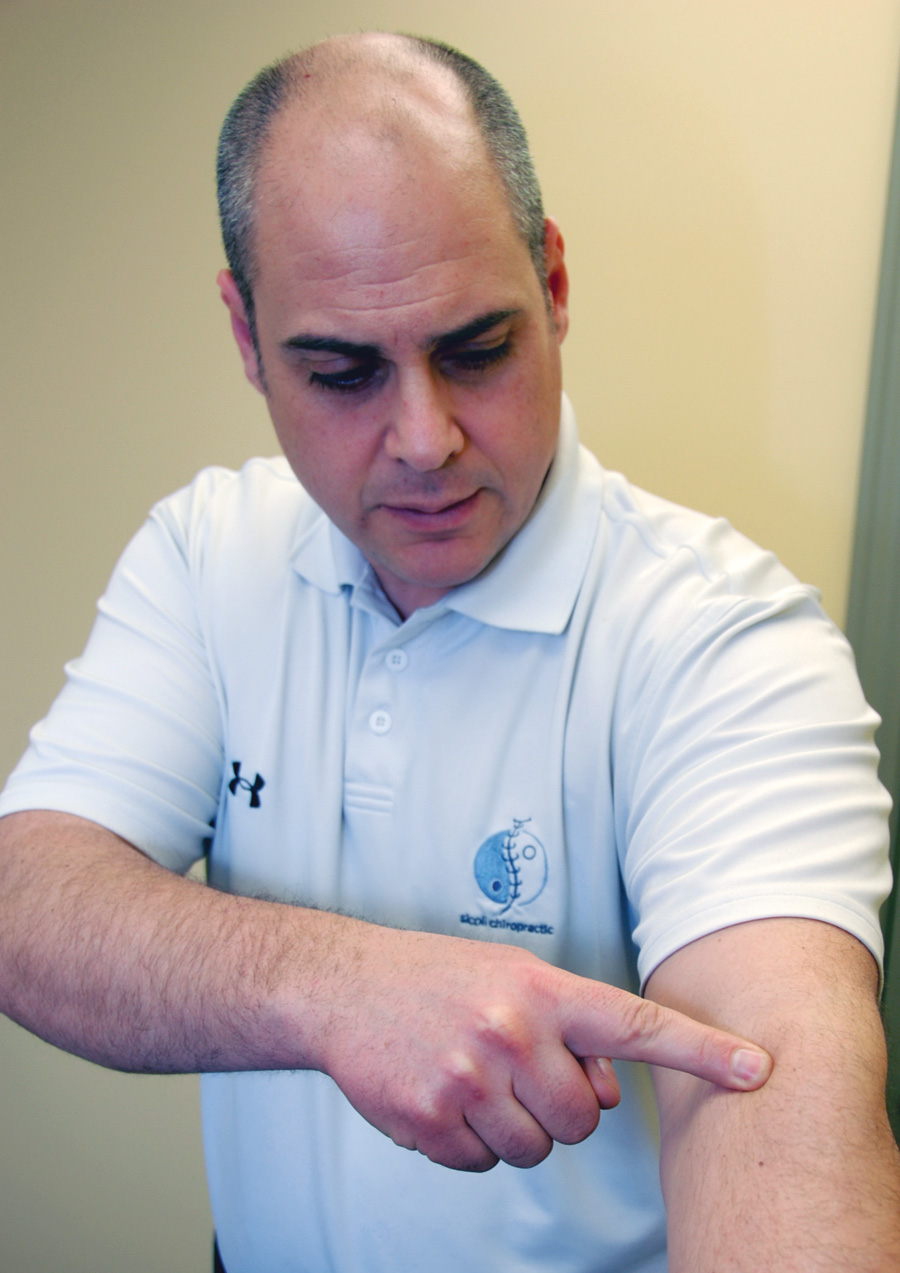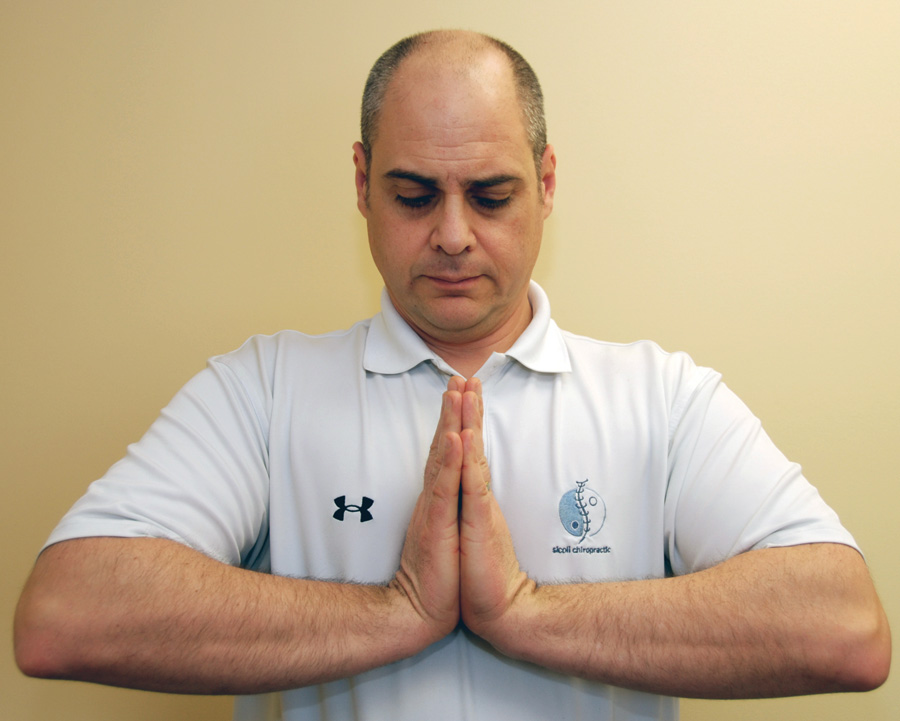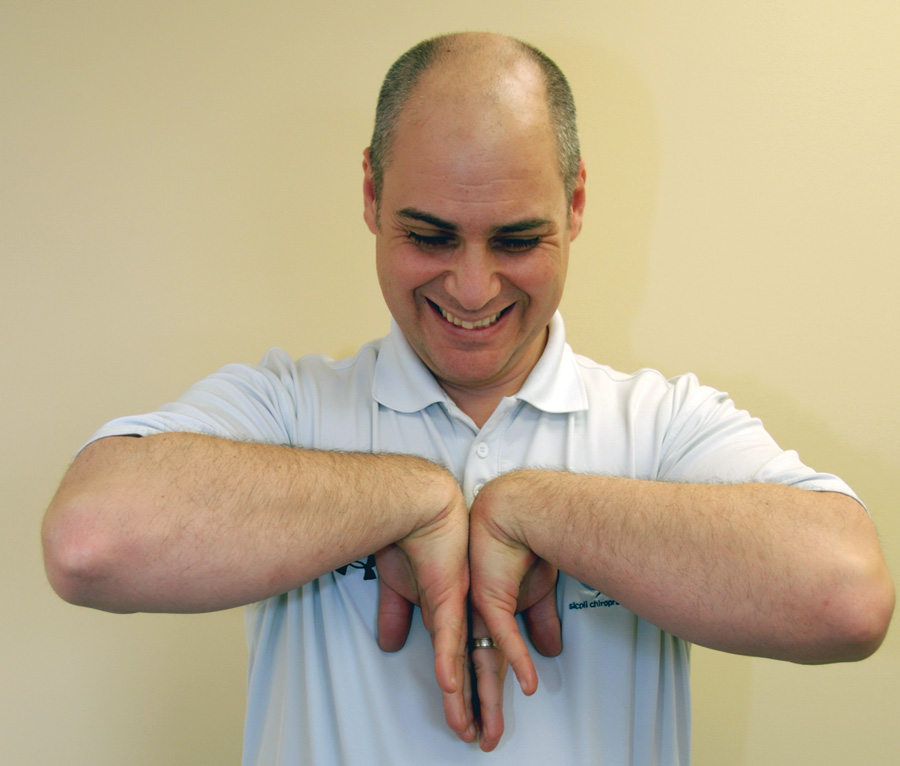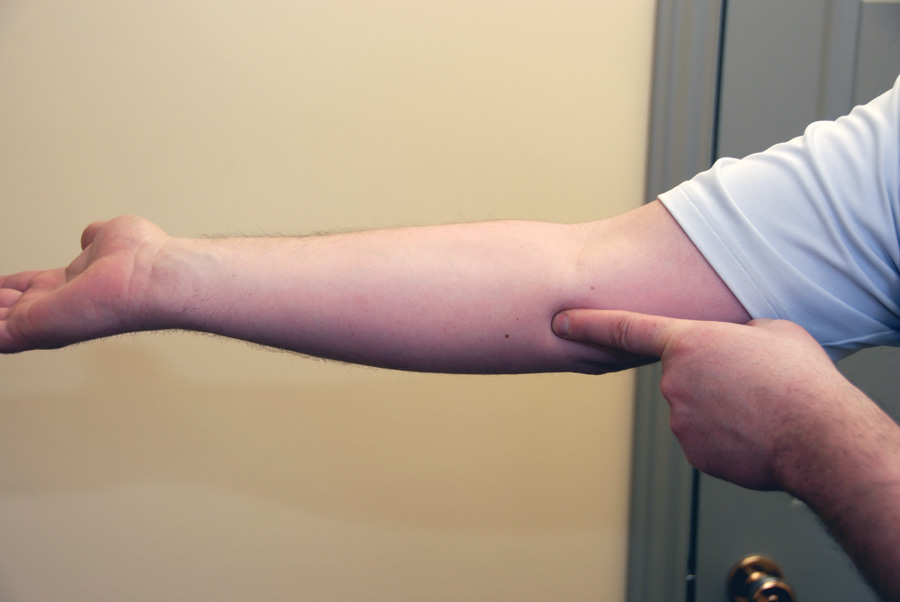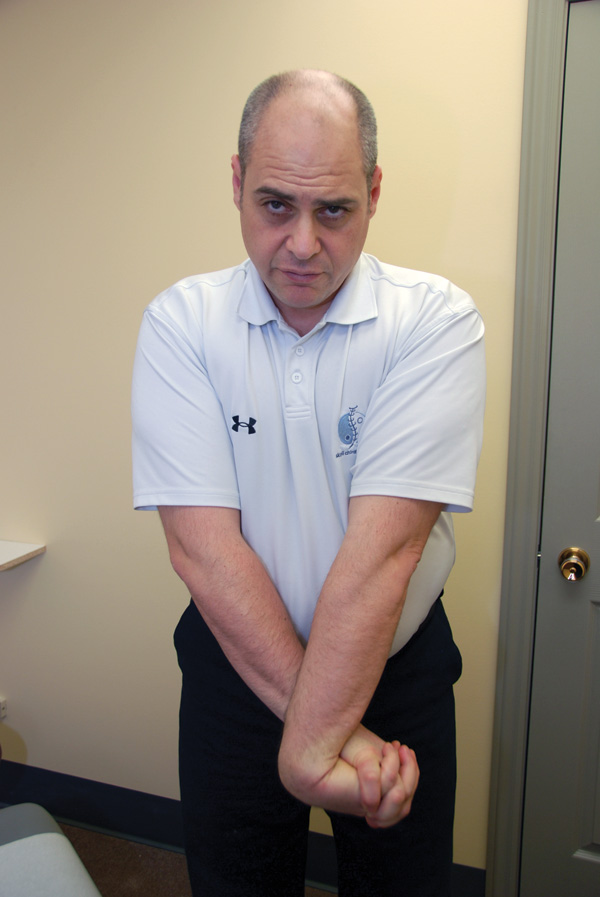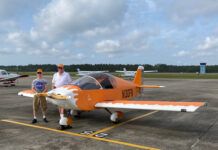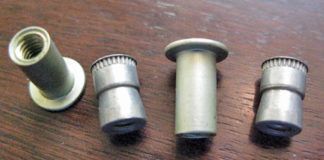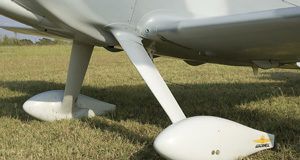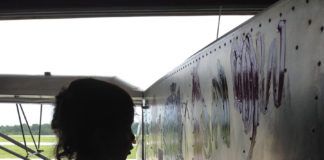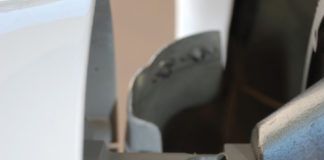Choosing an Experimental aircraft project is a very personal choice, taking into account numerous considerations when the decision is made. Some of the factors are obvious, such as build time, space, cost, skills required, etc. However, something that never seems to be addressed is personal safety and physical impact. Working with different materials requires specific safety equipment such as a respirator, gloves, eye protection, and more. But what about the physical strain?
With my kit, the Murphy Maverick, I am working with three mediums, aluminum, fiberglass, and polyester, so a selection of safety products is needed. One thing I hadn’t counted on was a repetitive motion injury, which occurs when there is a repeated activity using a small amount of the same motion; an example would be carpal tunnel.
There are 1500 rivets in the leading edge. The process goes something like this: Attach a 3/32-inch drill bit to the air drill, drill a hole, set down the drill, pick up the Cleco pliers, load the pliers with a 3/32-inch Cleco, squeeze the Cleco pliers, insert the Cleco into the hole, release the Cleco, and set down the Cleco pliers. There you go—nine functions for one hole. This process is repeated for all 1500 holes, and if that doesn’t sound like a repetitive motion, I don’t know what is!
I admit that once I got going with the building process, it became addictive. Watching as your dream starts to look like something that may actually fly is rewarding to say the least. It got so bad that I was taking lunch out to the shop and barely stopping to eat it. Without a wash station, I was actually wearing latex gloves while I quickly munched on a sandwich. I finally came to grips with this addiction when my arms didn’t want to work anymore—I was loosing the ability to grip.
I had injured my brachioradialis muscle (BM) and the inner and outer common flexor tendon (CFT) of my arms. At this stage, it was time to step back and take prompt action to prevent a permanent injury.
When I discussed the situation with my chiropractor, Dr. Dan Sicoli, DC of Sault Ste. Marie, Ontario, he pointed out that the injury had occurred as a result of the repetition of a small movement. The preventative action is to stop the repetition altogether or to stop regularly and perform specific exercises to counter the injury. When I advised Dan that stopping the repetition was not an option (which he agreed), he went on to demonstrate the exercises that I would have to regularly perform.
Every hour I was to stretch the muscles and tendons with the movements for 2 minutes, holding each position for 30 seconds each time. There are two for the BM, and the first looks like it’s time to pray. You place the palms of your hands together with your fingers pointing straight up, while holding your forearms level. The second is similar to the first except you place the back of your hands together, keeping your forearms level.
For the CFT inner, you hold your affected arm straight out, bend your hand down and pull it inwards with your unaffected hand. For the CFT outer, you place your affected arm over your unaffected arm, clasp your hands, and pull the affected hand up with the unaffected hand.
With the introduction of this regular exercise program, my arms have healed themselves, and I am able to continue building my dream and performing my duties around the farm. Always consult with your own health professional to diagnose and treat your specific situation.
Stretching the outside common flexor tendon (affected arm over unaffected arm, pull up with unaffected hand).

